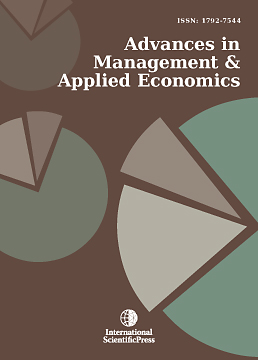Advances in Management and Applied Economics
The equilibrium exchange rate and measurement of misalignments in Morocco: Empirical Analysis
-
 [ Download ]
[ Download ]
- Times downloaded: 9491
Abstract
The management of the real exchange rate remains the most important topic for economists, as the difficulty they face is how to determine the equilibrium exchange rate, which is one of the most important international macroeconomic problems. Indeed the determination of the equilibrium REER or also called "equilibrium exchange rate" depends on theoretical analysis, for Driver and Westaway (2004), there is no single definition of the equilibrium exchange rate, the theoretical analyses of the equilibrium REER were made following three main approaches namely the macroeconomic approach (the fundamental equilibrium exchange rate (FEER), the econometric approach (the behavioral equilibrium exchange rate (BEER) and the dynamic approach (the natural real exchange rate (NATREX). This paper presents an analysis of the real equilibrium exchange rate, its main foundations and its misalignment through an econometric modeling for the Moroccan case, covering the period 1990-2018. An error-correction model (ECM) is estimated to obtain the long-run cointegrating or stable equilibrium relationship.
Keywords: Equilibrium exchange rate, misalignment, ECM.
